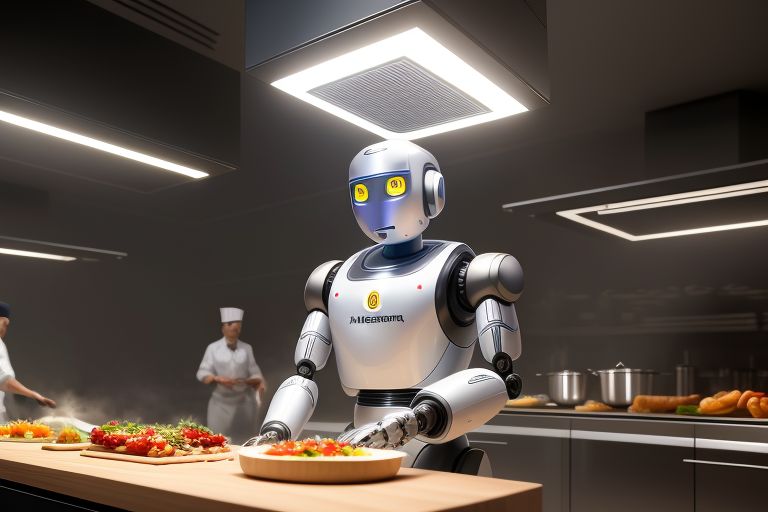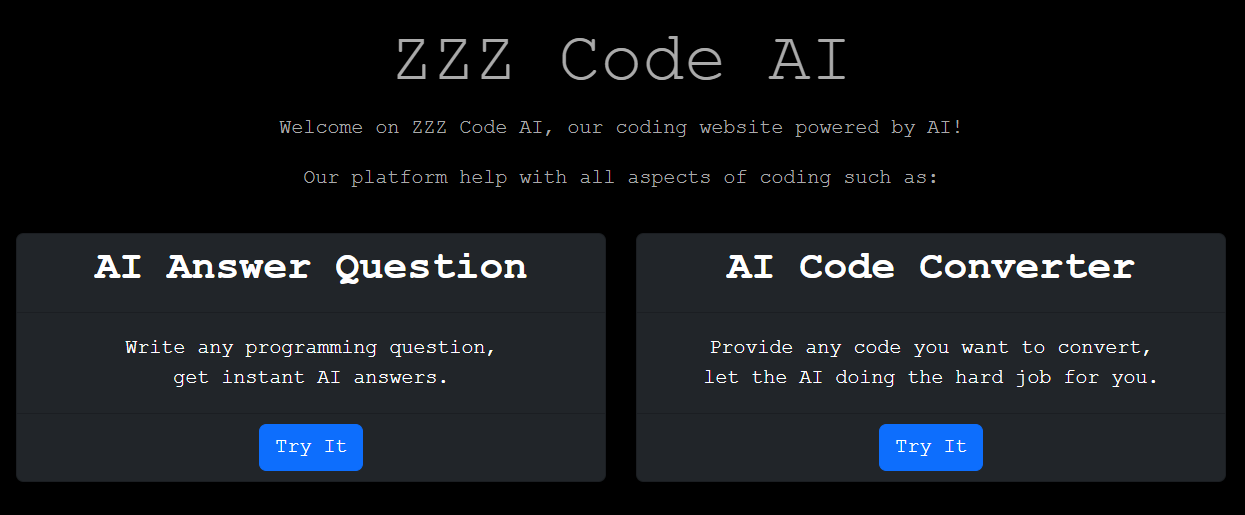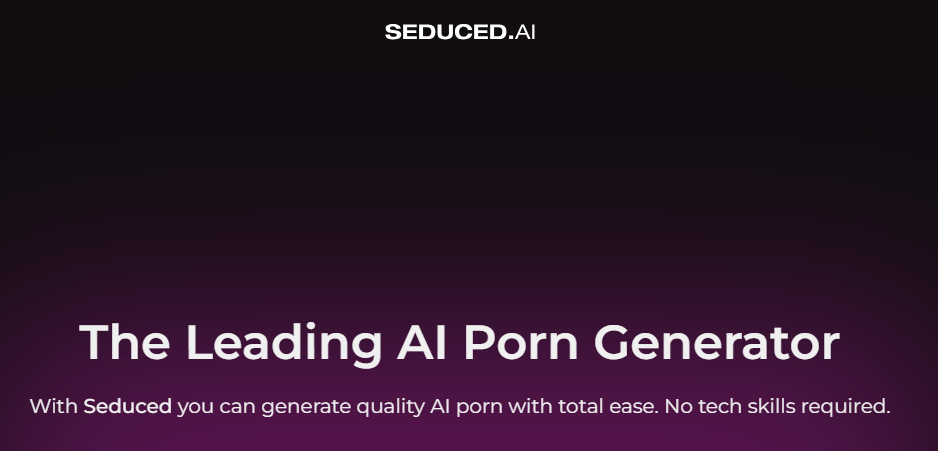The integration of artificial intelligence (AI) into various industries has sparked both excitement and concerns about job displacement. However, recent research from MIT suggests that these fears may be overblown.
While AI has the potential to handle a small portion of tasks, the economic viability of replacing human jobs with AI is still limited. Nevertheless, some entrepreneurs and engineers are pushing the boundaries of AI application, as seen in the emergence of AI-powered restaurants.
This blog explores one such ground-breaking establishment, Cali Express, and delves into the impact of AI on the culinary world.
Cali Express
Where Robots Take the Lead: Located in the heart of Pasadena, Cali Express is a pioneering restaurant that brings together a variety of food-making robots to create a unique culinary experience.
Vic Gock, the mastermind behind this AI-driven venture, leads the charge in combining cutting-edge technology with the art of cooking. The restaurant features a grill robot by Kachina, Flippy by Miso Robotics handling frying tasks, and an entire lineup of machines eliminating the need for human chefs.
AI in Action
Enhancing Efficiency and Safety: The introduction of AI-powered robots isn’t intended to replace human chefs but rather to enhance efficiency and address safety concerns in the kitchen.
Vic Gock highlights the challenges of finding enough skilled workers willing to take on dangerous tasks such as working with fryers and grills. Automation through AI-driven robots like Flippy aims to mitigate these challenges, allowing human workers to focus on more intricate and personalized aspects of food preparation.
Flippy
More Than Just a Fry Maker: Flippy, developed by Miso Robotics, is a prime example of how AI is making its mark in the kitchen. The fry-making robot excels in repetitive tasks, operating fryers in potentially hazardous environments.
Rob Anderson, co-founder of Miso Robotics, emphasizes that Flippy’s purpose is to complement human efforts rather than replace them. The robot’s ability to consistently produce 250 pounds of french fries per hour showcases its potential to enhance kitchen productivity.
AI Beyond Cooking
Facial Recognition and Order Processing: Cali Express goes a step further by incorporating AI into its ordering system. The use of facial recognition software streamlines the customer experience, providing a seamless and efficient way to place orders.
While concerns about privacy may arise, the restaurant ensures that their AI technology is not used for surveillance but rather to enhance the user experience.
The Future of AI in Restaurants
Analysts predict a significant shift in the restaurant industry, with an estimated 62% of establishments reporting understaffing issues. As the minimum wage increases, the appeal of AI-driven solutions grows, potentially reducing the need for manual labor in the kitchen. By 2025, it is anticipated that one to two hundred restaurants will be primarily focused on AI.
Conclusion
The rise of AI in restaurants, exemplified by Cali Express, marks the beginning of a culinary revolution. While debates about job displacement and the quality of AI-cooked meals persist, there’s no denying the transformative impact of technology on the food industry.
As AI continues to evolve, it brings with it a tantalizing blend of efficiency, safety, and innovation that could reshape the way we experience dining. The journey into the future of AI-driven restaurants is just beginning, offering a tantalizing taste of what’s to come in the realm of gastronomy.





Leave a Reply